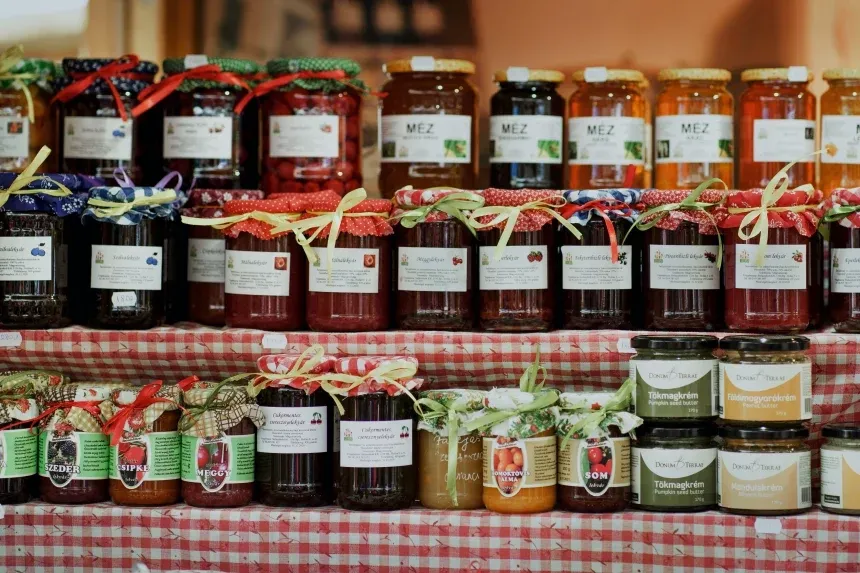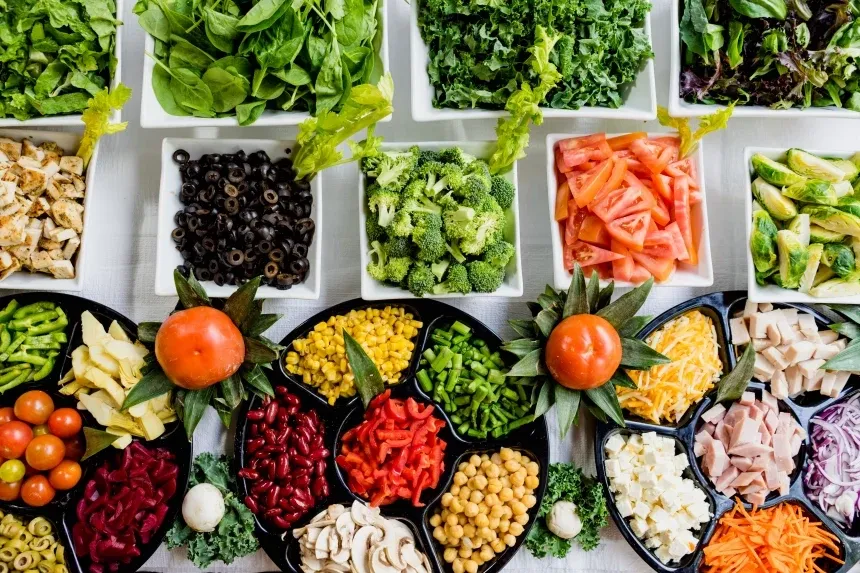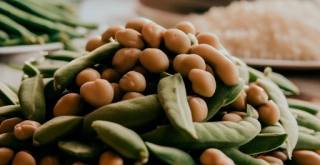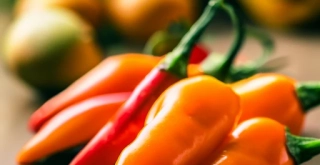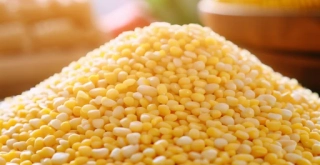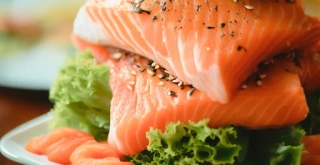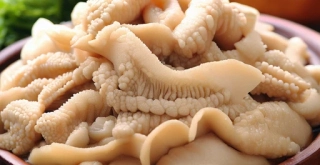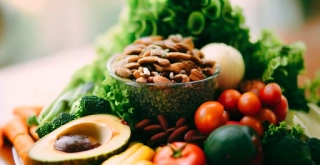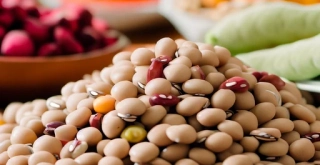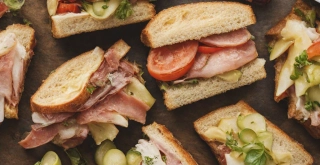Tasty quality

The quality of "tasty" is a concept commonly used in gastronomy and culinary criticism to describe the pleasurable taste experience we have when consuming food. This quality is subjective and depends on multiple factors, including ingredients, preparation, presentation, and, of course, personal preferences. In this article, we will explore in depth what "tasty" means, its characteristics, factors that influence this perception, and how to enhance the culinary experience.
What Does "Tasty" Mean?
The word "tasty" comes from Spanish and is used to describe food that has a pleasant and enjoyable flavor. It is associated with the idea that the food elicits a positive response in our senses, particularly in taste and smell.
Characteristics of Tasty Food
Some of the attributes that are often present in foods considered tasty include:
- Balanced flavor: The right combination of salt, acidity, sweetness, bitterness, and umami can make a dish more flavorful.
- Texture: The way a food feels in the mouth can influence its perceived flavor. For example, a crunchy or creamy presentation can enhance the experience.
- Aroma: Smell plays a crucial role in the perception of flavor. Foods that emit an appetizing aroma are often considered tastier.
- Presentation: The way a dish is served and decorated can influence our emotions and expectations regarding its flavor.
Factors That Influence the Tasty Quality
Various factors influence the perception of a food as tasty. Below, we analyze some of the most relevant ones.
Ingredients
The quality of the ingredients is fundamental in determining the tastiness of a dish. Fresh, high-quality ingredients tend to provide more intense and satisfying flavors.
Cooking Method
The cooking process also has a significant impact on flavor. Different methods (roasting, boiling, frying, steaming, etc.) can highlight different qualities of the ingredients. For example:
- Roasting: Often intensifies flavors and adds a crunchy texture.
- Boiling: Can turn an ingredient into a softer dish but may also dilute some flavors.
Culture and Tradition
The perception of flavor is influenced by culture and culinary traditions. What may be considered tasty in one culture might not be in another. Some examples include:
- Spicy dishes in Thai or Mexican cuisine.
- Use of herbs and spices in Mediterranean cooking.
Personal Preferences
Personal tastes play a decisive role in what we consider tasty. Factors such as upbringing, past experiences with food, and dietary choices can influence our preferences.
How to Enhance the Tasty Experience
Experiment with Flavors
One of the best ways to enhance the tasty experience is to experiment with different flavor combinations. Trying new ingredients or cooking techniques can lead to surprising discoveries.
Learn About Pairings
Often, foods taste better when properly paired. Learning about food and beverage pairings can elevate the tasting experience. For example, a red wine can extraordinarily complement a filet mignon.
Incorporate Textures
Texture is crucial to the dining experience. Including a variety of textures in a dish can make it more interesting, such as combining crunchy foods with creamy ones.
Conclusion
The quality of being "tasty" encompasses a world of factors that make food an integral part of our lives. From fresh ingredients and cooking techniques to cultural and personal preferences, each element plays a role in how we perceive flavors. Understanding this quality allows us to appreciate gastronomy more and, at the same time, improve our culinary skills.
Knowledge is power, and by better understanding the quality of tastiness, we can all enjoy a more enriching and pleasurable culinary experience. Let's enjoy!

